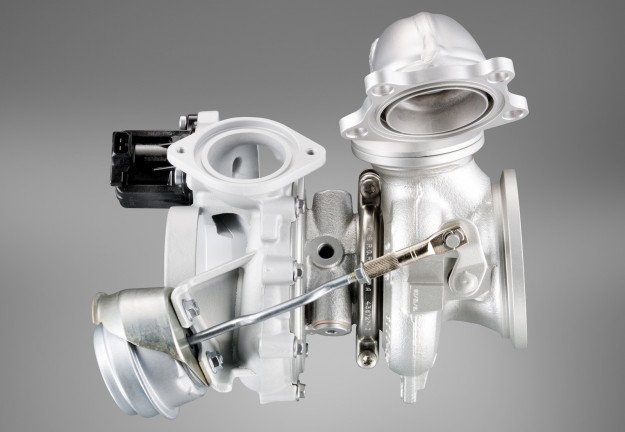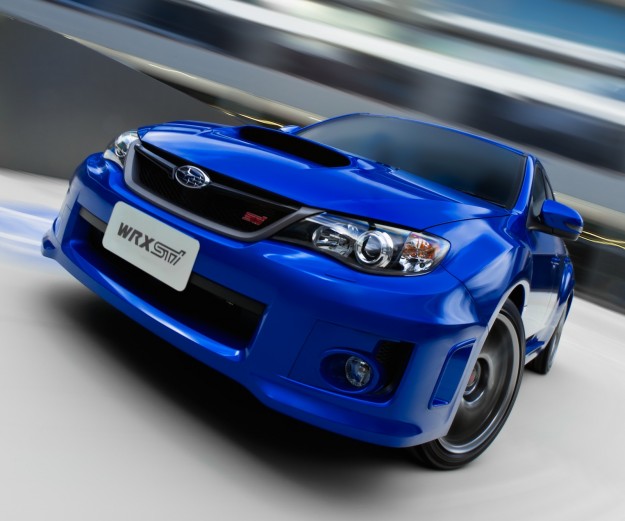
Turbocharging is more popular than ever as car makers look for ways to produce power more, more efficiently.
Turbos have been around since before the First World War and have traditionally been used as a way of generating more power without increasing the displacement of an engine. The increase in popularity of the diesel passenger car in the last 15 years is primarily due to turbocharging, and turbos are now finding their way onto downsized petrol engines to improve fuel economy.

Turbochargers were first used on some aero engines in WW1, soon finding their way onto large diesel engines used for trucks, trains and ships in the 1920s. Turbocharged petrol cars appeared in the 1970s. Technological improvements have widened the appeal of turbocharged cars by reducing the time it takes for the turbo’s added grunt to kick in – referred to as turbo-lag.

To put it simply, turbochargers help engines breath better and perform better. They do this by using the engine’s exhaust gas to spin a turbine wheel that connects to a compressor wheel via a shaft, that then compresses intake air and forces it into the cylinder. This compressed forced air allows more fuel to be burnt and more power to be produced at the same engine speed.

The turbine and compressor are sophisticated fans that sit at either end of a single short shaft. The exhaust gas spins the turbine, rotating the shaft and the compressor, pushing more air into the engine. Many turbochargers control the maximum intake pressure or boost with a wastegate valve that allows some exhaust to bypass the turbine. This system improves low-speed performance without risking dangerous overboosting at high speed. The high-pitched ‘pssht’ sound you sometimes hear on powerful turbocharged cars, especially when modified, is the blow–off valve operating, releasing an oversupply of air from the intake system after the driver has suddenly shut the throttle.
Most turbo engines also run an intercooler. Like a radiator, it cools the intake air after it has been compressed, increasing its density and engine power potential while guarding against knocking (detonation) in petrol engines. Intercoolers are often found at the front of the engine, such as on the Ford Falcon XR6 Turbo and Mitsubishi Lancer Evo, or on top of the engine, as on the Subaru WRX and Toyota Hilux, usually resulting in the use of a bonnet scoop. Some cars even employ an intercooler water sprayer to better assist with chilling the passing air.
How It Works is part of a technology focus series that features first in the CarAdvice iPad magazine app that can be downloaded free every month.





